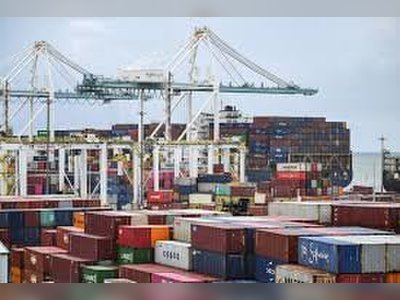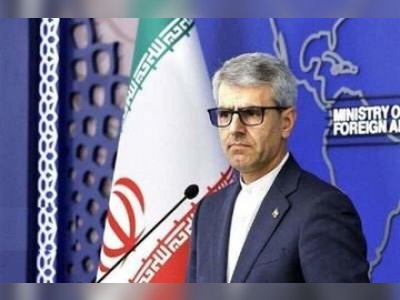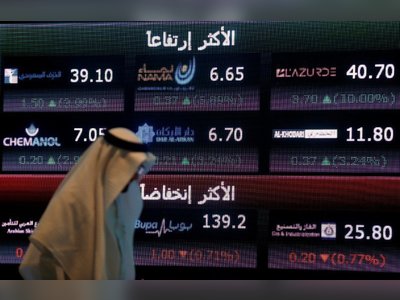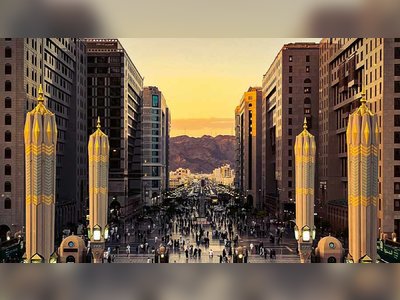
Aging population: a crisis bigger than coronavirus
Over the past decade, demographic experts have raised the alarm about the ageing population in the country, but the negligence of the officials has exacerbated the situation.
Now, in the last years of the century, the country is struggling with the challenge of a declining population and a rising ageing population, and the continued lack of planning by officials to resolve the issue over the next 30 years will make Iran the oldest country on Earth.
Official statistics of the country and the forecast of demographic experts indicate that if the trend of decreasing fertility rate, increasing single-child families, and decreasing marriage rate continues for the next 30 years, old age will prevail in the country and one in three people will be over 60-years-old, which will be the beginning of a crisis.
Population growth policies
Some 14 policies to support childbearing and the family were announced by the Leader of the Islamic Revolution Ayatollah Ali Khamenei in [the Iranian calendar year] 1389 (March 2014-March 2015) when he stressed that social, cultural and economic development should be done in accordance with these general policies to support families.
The policies address the need to increase the population and the various dimensions of it, including childbearing, facilitating marriage and strengthening the family, reproductive health, promoting the Iranian-Islamic lifestyle, empowering young people, honoring the elderly, and the environment, which can lead to an increase in the quantity and quality of the population if it is timely and continuous implemented.
Iran: the world’s oldest
Mohammad Esmaeil Akbari, the senior advisor to the minister of health, has said that the world has grown about 5 years older over the past 70 years, but the population of Iran has unfortunately grown 10 years older in the past 60 years.
“Currently, the elderly constitute less than 10 percent of the population and we are considered a young country, but we are getting older every year so that in the next 20 years, we will be one of the oldest countries in the world and the oldest by the next 30 years,” he explained.
Statistics show that during the past 20 years, the population ratio of children and adolescents has decreased, and, in contrast, the share of the elderly has increased.
In addition, the average age of the Iranian population has been increasing over the past 40 years, and the population on average is 8.7 years older. Statistics show that this upward trend has had a similar growth rate for men and women.
Although the increase in the number of elderly in any country indicates an increase in life expectancy, an ageing nation also has many individual and social consequences. As the population ages, the number of people who need nursing increases.
However, single-child families are growing and there will be no child to support the parents. With this trend, today's young parents will probably have to spend their old age alone or in nursing homes. These cases are only the individual dimensions of the population movement towards ageing and its social dimensions have more complications.
Issues to deal with within the next 3 decades
Saleh Ghasemi, a demographer, said that the country's elderly population has doubled since 1978, which shows that by the next 20 years, the old population will triple.
Referring to the consequences of ageing, he stressed that all responsible institutions and organizations should be ready to deal with premature ageing in Iran.
In the face of this crisis, the responsible organizations must think of a solution for the labor force, as some Western countries have been forced to accept immigrants due to labor shortages, he highlighted.
He went on to note that with the arrival of immigrants in the country, the culture of families and the level of social employment will be affected.
Stating that the elderly need the most services and infrastructure in terms of social, economic, and health services, he said that it also threatens the country’s security, and the elderly population growth needs more welfare and social institutions, which affects the policies and capacities of the country.
If the trend continues, a huge amount of fund is needed to provide the population with insurance pension and two related organizations will be bankrupt, he lamented, adding that serious planning is needed to deal with the crisis.
Population growth should meet needs of the youth
However, population growth requires a capability to address the needs of a young nation which can be fulfilled with various indicators, such as social and economic development, development of recreational and educational facilities, increasing the share of young people in managerial positions and among decision-makers, providing the conditions for the growth and prosperity of the youth.
Two years ago, members of the Majlis (Iranian parliament) passed a law banning the employment of retirees. But how much was it implemented?
Interior Minister Abdolreza Rahmani-Fazli has said that increasing the youth’s share in a managerial position is on the agenda, while the average age of managers in the ministry has decreased by only two to three years.
The statistics mean that a quarter of the country's young population in decision-making positions is quite absent. However, if this young population is not exposed to practical empowerment, they will certainly face challenges in the future and will not be able to use the existing opportunities for growth and lose the opportunity in management and decision making.
Time to think of solution for unemployment
The unemployment rate for young people ageing 15-24 in Iran stood at 24.5 percent in the spring, according to the latest statistics of the Statistical Center of Iran.
In addition, 16.7 percent of the active population aged 15 to 35 were unemployed during the spring.
Last year’s total employed population was at 24.27 million, nearly 430,000 more than the year before.
It might be the time that the officials and policymakers to start taking steps toward supporting the youth to start their own businesses and practice fund provision for small businesses.











